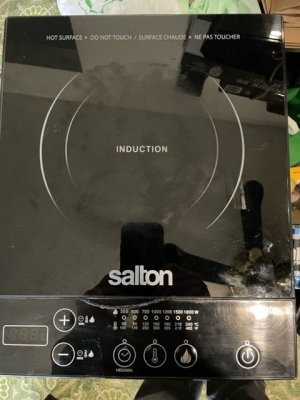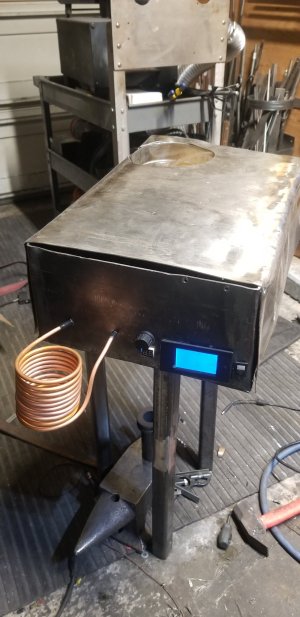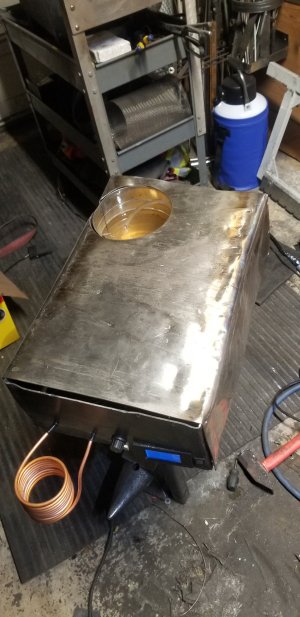Chris Cramer
Super User
I see. I’ll make a video of my build if it works fine, so every one can feel more confident purchasing the unit. I’ve looked at some commercial units online that look pretty similar to a welder and plasma cutter. I’m a bit curious about how it would work for someone to use an old welder as a power source with good control of the amperage, and voltage, as long as the other components within the driver are strong enough to make the unit operational. High alternating current runs back and forth through the coil and generates an alternating magnetic field which creates the heat by induction. as soon as anything magnetic or conductive passes through the magnetic field then the cells within the metal continuously move back and forth creating heat by friction or high current. With that, a graphite crucible that fits through the coil is used to melt metal like copper brass, platinum, silver, and gold. That would be very useful for casting metal.






